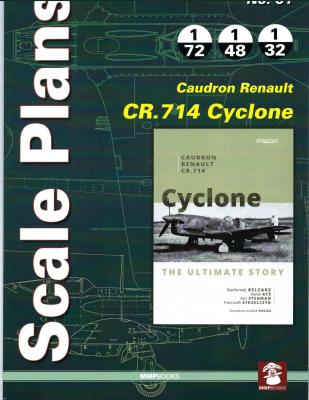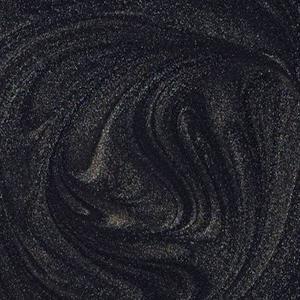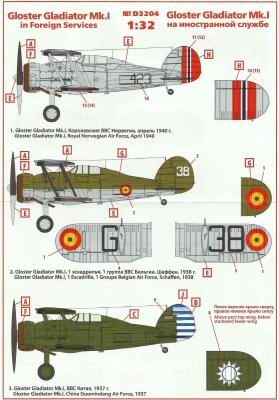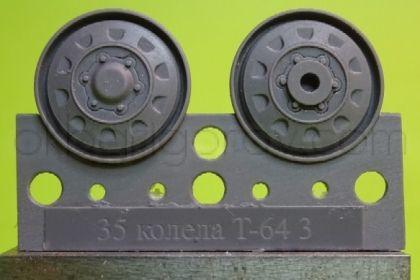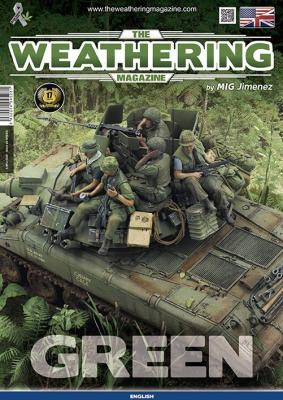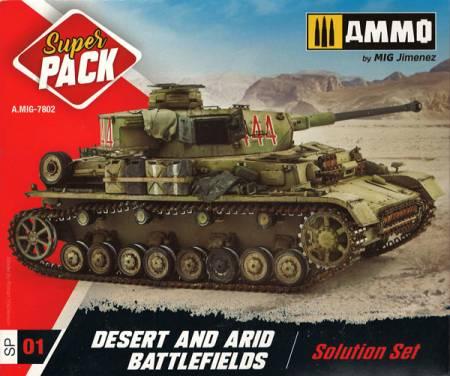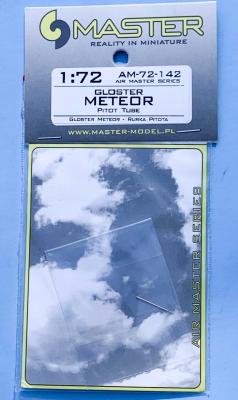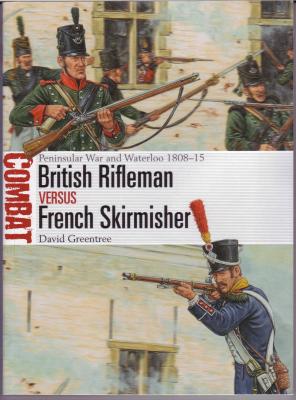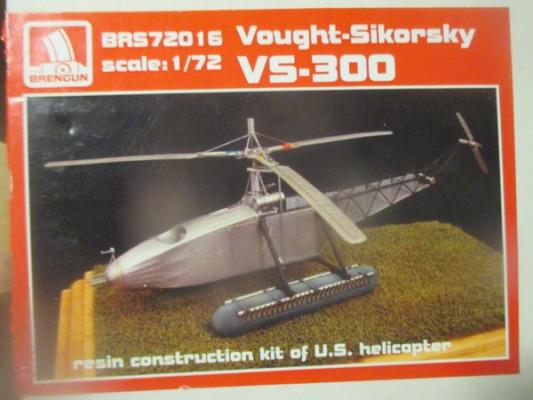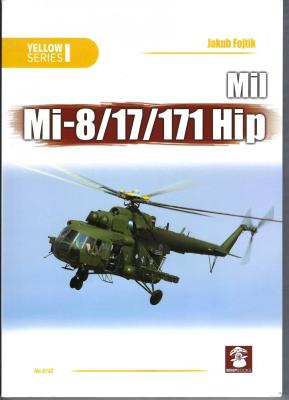MMP was founded in 1996 by Roger Wallsgrove, to publish "Mushroom Model Magazine". This quarterly modelling magazine was developed from "Mushroom Monthly”, a club newsletter which ran from 1985 to 1995, achieving a world-wide reputation for quality articles, fearless and honest reviews, and a great sense of humor. From 1997 the magazine was produced in collaboration with Robert Peczkowski and Artur Juszczak (Stratus), which meant a big leap in print quality and design. MMP expanded into book publication in 1999, and since then they have built up a list of books on aircraft and aviation, naval, military vehicles, and military history. MMP Books are distributed in North America by Casemate Publications.
What's New
Mission Models Paints Pearl Colors
Mission Model Paints has released some beautiful new Pearl colors to their excellent line of acrylic paints. The Pearl colors have a translucent pearl-like depth and luster. MMP has also issued iridescent color paints that seem to change color when seen from different angles.
The Pearl paints are like Mission Models other water-based acrylics that are odorless, fast drying, don’t clog airbrush tips, and produce a smooth, durable finish. Information on Mission Model Paints is available on their website. Click here for a full IPMS review of Mission Model Paints.
Recently I had the pleasure of tackling ICM’s new Gloster Gladiator aircraft kit in 1/32nd scale. As is, the kit comes with a couple of British Air Service options for early World War 2 campaigns, but if you want something a bit more exotic, ICM has answered the call with a new decal sheet offering markings for four different nations which also used the Mk. 1 – China, Greece, Belgium and the Netherlands.
The kit comes packaged in a small zip lock bag with a paper header that has the OKB logo the part number and the scale as well as a description of what is in the bag. In this case a complete set of road wheels for the T-64 type-1. The wheels are very well molded and are free from bubbles and the molding is very crisp. The detail on the wheels is outstanding and looks great.
The resin wheels are a bit more detailed than the road wheels in a trumpeter kit that I compared them to and I will be putting them on the kit. Unfortunately, I do not own a Skif T-64 kit and would like to compare the wheels to that kit as well. But based on the level of detail and molding in the OKB I cannot help but feel they are more than likely better.
This issue of the weathering magazine is devoted to the color green. I found this extremely interesting because so many military vehicles are green as well as many other interesting subjects to model. The problem I have always noticed with models that are green or any other single color for that matter is they can be very monochromatic or otherwise kind of boring. But with the technics in this magazine you can transform your monochromatic subject into an interest and spectacular build to look at that will be anything but boring.
There are several different types of articles in the book from various authors showing there weathering technics on green vehicles and are as follows:
This kit is a super pack containing all the needed items to weather a vehicle of any type in a Desert or Arid battlefield. The box is small and packs a lot of items in such a small space. When I opened the box, I was very please at all the items I found inside here is a comprehensive list of what’s included inside the box.
This Master Model set provides a huge leap over any of the injected molded parts available on any 1/32 kit. The older kits, being vacuform kits, didn’t even include a pitot tube. The modern injection kit that does offer a pitot tube is clearly not on par due to the limits of injection modeling.
Notable is the thin re-sealable pouches that Master Model uses that makes the parts easy to review and then stuff back into the re-sealable package securely. You will want to be careful handling this brass part due to its small size, it makes it an easy sacrifice to the carpet monster. Another caveat is that the point is really thin and can be accidently bent. I’ve had this happen on one pitot in 1/144 scale, but not to worry, it can be fixed. Placing the pitot tube in between a smooth flat set of tweezers will straighten out the tip. Just be extremely gentle so you don't break off the tip when you gently roll it so that it is straight once again.
The book is set up to introduce the groups involved- British Light Infantry versus French Light Infantry (Skirmishers). Each group has the specifics from recruitment, formation of the group and morale discussed along with very well detailed drawings of each soldier showing their weapons, dress and equipment. One thing detailed early on was the use of muskets versus rifles. The British used Baker riffles with smaller rounds, rifled barrels and an increased range. He French used a Charleville Dragoon Musket with larger caliber rounds and no rifling. There are specific sections on the training of each group, its weapons and their command and control strategy.
The table of contents looks like this:
The Kit and Assembly
The kit consists of 23 gray resin parts, 3 injection molded plastic rotor blades, and two sheets of photo etch metal, altogether containing approximately 50 parts, of varying size and complexity. None of the parts is named, but most are identifiable. One thing to remember is that this is not a kit designed for beginners, and wondered while I was assembling the kit whether it was really intended for experienced modelers. There are a LOT of parts to this kit, especially considering its size, and you will have to be very careful cutting the PE parts off of the sheet, as they will do their best to escape. Some are so small that if some reason they should become lost, they will be gone forever. Use of a magnifying glass is highly recommended, both for assembly and for looking for parts on the floor.
MMP was founded in 1996 by Roger Wallsgrove, to publish "Mushroom Model Magazine". This quarterly modelling magazine was developed from "Mushroom Monthly”, a club newsletter which ran from 1985 to 1995, achieving a world-wide reputation for quality articles, fearless and honest reviews, and a great sense of humor. From 1997 the magazine was produced in collaboration with Robert Peczkowski and Artur Juszczak (Stratus), which meant a big leap in print quality and design. MMP expanded into book publication in 1999, and since then they have built up a list of books on aircraft and aviation, naval, military vehicles, and military history. MMP Books are distributed in North America by Casemate Publications.

